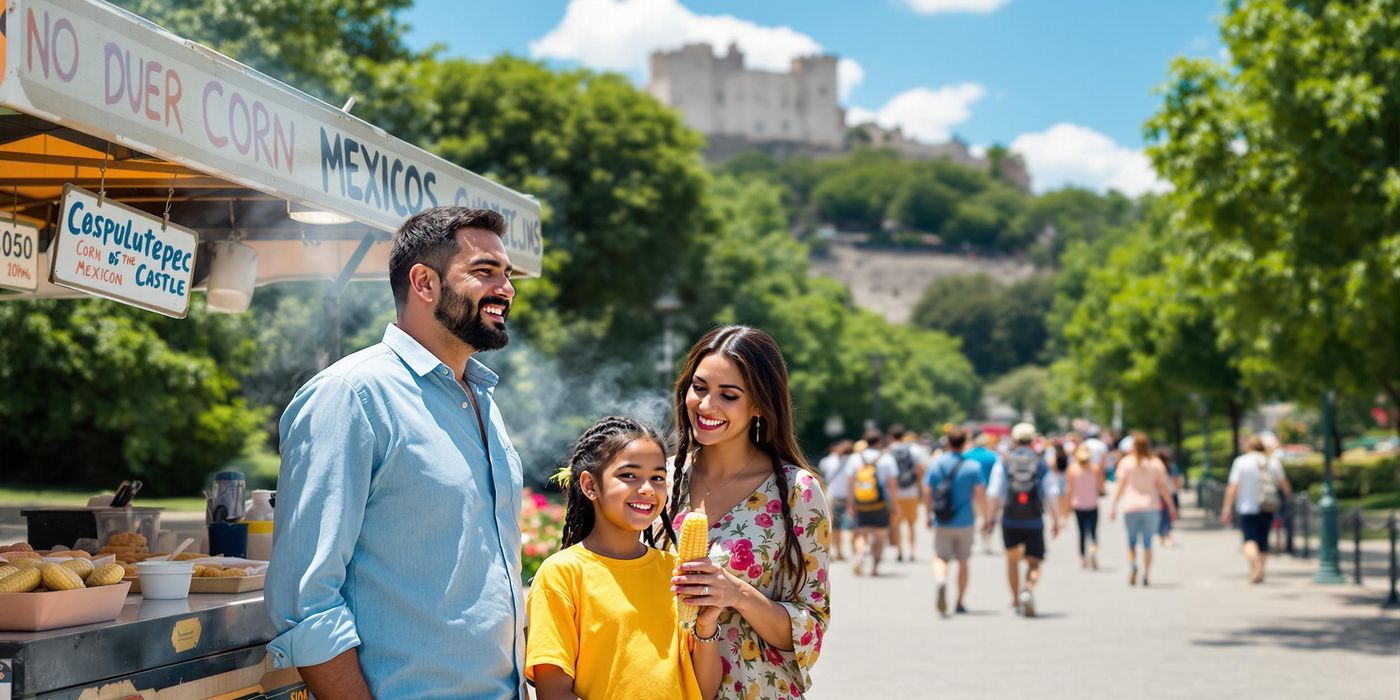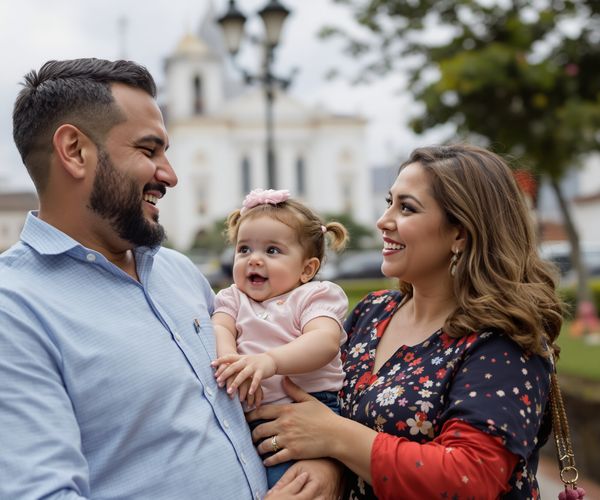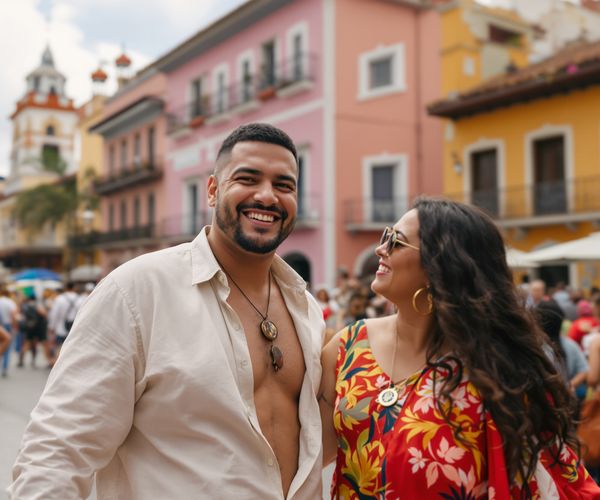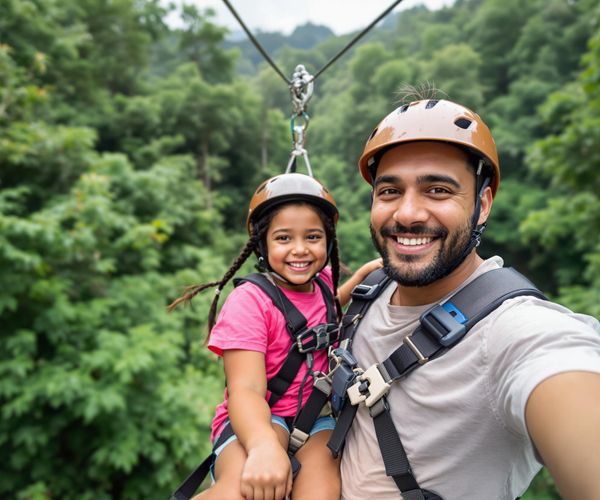Understanding the Importance of Cultural Immersion for Families
Cultural immersion is more than just visiting famous landmarks; it’s about experiencing a destination’s heart and soul. For children, it's an invaluable way to broaden their perspectives and foster empathy. They learn that the world is much bigger and more diverse than their immediate surroundings. As adults, we too benefit from seeing the world through different lenses, challenging our assumptions and preconceived notions.
I remember a trip we took to Kyoto, Japan. We visited several stunning temples and gardens, but the real magic happened when we participated in a traditional tea ceremony. Sofia, my daughter, was initially hesitant, but the gentle guidance of the tea master and the intricate rituals captivated her. She learned about the history and significance of the ceremony, and it sparked a genuine interest in Japanese culture. That experience taught me the power of immersive activities in making cultural learning both educational and fun.
Experiencing different cultures can be educational and fun for the whole family. You can learn about history, art, music, food, and traditions together. It's a way to create shared memories and strengthen your family bond.
Planning a Family-Friendly Cultural Itinerary
The key to a successful family trip that blends culture and fun lies in careful planning. Start by researching destinations that offer a good mix of cultural experiences and family-friendly activities. Think about what interests your children – are they fascinated by ancient history, wildlife, or perhaps local cuisine? Involve them in the planning process; let them choose a museum to visit or a local dish to try. This sense of ownership will make them more engaged and excited about the trip.
There are many online resources to help you find suitable cultural events, museums, and historical sites. Check out local tourism websites, family travel blogs, and online forums for recommendations. Don't over-schedule your itinerary. Balance structured activities with free time for exploration and spontaneity. Sometimes, the best experiences happen when you simply wander through a local market or stumble upon a hidden gem.
Incorporating Fun Activities into Cultural Experiences
Making cultural sites and activities engaging for children is crucial. Turn a visit to a museum into a scavenger hunt. Create a list of items for them to find, or ask them questions about the exhibits. Storytelling sessions at historical landmarks can also bring history to life. Many sites offer guided tours specifically designed for children, which can be a great way to keep them entertained and informed.
Food is an integral part of any culture. Integrate local cuisine into your itinerary by taking a cooking class together or going on a food tour tailored to families. This is a fun and delicious way to learn about local ingredients and culinary traditions. Encourage your children to try new foods, even if they seem a little strange at first. You might be surprised at what they discover!
Before your trip, learn a few basic phrases in the local language. Encourage your children to practice them and use them when interacting with locals. Even a simple “hello” or “thank you” can go a long way in showing respect and fostering connections.
During our trip to Mexico City, we visited the Frida Kahlo Museum, which Sofia initially found a bit overwhelming. To balance it out, we spent the afternoon at Chapultepec Park, one of the largest urban parks in the world. She loved exploring the park, riding the carousel, and trying different street foods. It was a perfect blend of culture and fun, ensuring that she had a positive and memorable experience.
Dealing with Challenges and Ensuring Comfort
Traveling with children inevitably comes with its challenges. Culture shock, unfamiliar foods, and long travel days can be tough on everyone. Prepare your children for these challenges by talking to them about what to expect. Show them pictures of the destination, explain the customs, and discuss the types of food they might encounter. Pack essentials, such as familiar snacks, books, and toys, to provide a sense of security. A favorite stuffed animal or blanket can work wonders in unfamiliar surroundings.
Be prepared to manage meltdowns. Take breaks when needed, and be flexible with your itinerary. If your child is feeling overwhelmed, don't hesitate to adjust your plans. It's better to skip an activity than to force them to endure something they're not enjoying. Remember, the goal is to create positive memories, not to tick off every item on your to-do list.
Respecting Local Customs and Traditions
Before you travel, take the time to research local customs and traditions. Learn about appropriate attire, etiquette, and cultural sensitivities. Dress modestly when visiting religious sites, and be mindful of local customs regarding photography. Avoid public displays of affection that might be considered inappropriate, and always ask for permission before taking someone's picture.
Support local businesses and initiatives whenever possible. Eat at family-run restaurants, shop at local markets, and hire local guides. This not only contributes to the local economy but also provides you with a more authentic and immersive experience. When we visited a small village in the Andes Mountains, we made a point of buying handmade crafts directly from the artisans. It was a meaningful way to support the community and learn about their traditional skills.
During a trip to Thailand, we made sure to learn about and respect the local customs surrounding temples. We dressed appropriately, removed our shoes before entering, and avoided pointing our feet at Buddha images. We also participated in a traditional water festival, which was a fun and respectful way to immerse ourselves in the local culture.
Balancing cultural immersion and family fun requires careful planning, flexibility, and a willingness to embrace new experiences. By involving your children in the planning process, incorporating fun activities into cultural experiences, and respecting local customs and traditions, you can create unforgettable journeys that will enrich your lives and broaden your horizons.
Traveling with family can be enriching and enjoyable with the right balance of cultural immersion and fun. Learn how to plan itineraries that cater to both adults and children, creating lasting memories.









